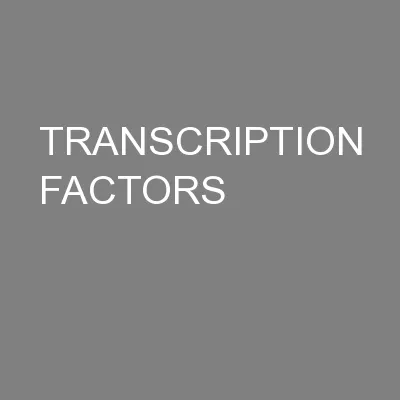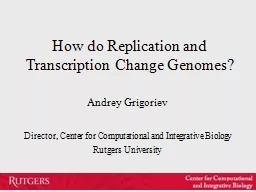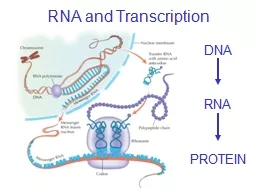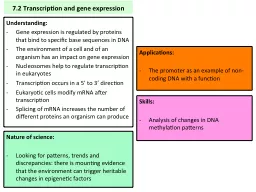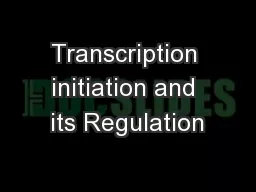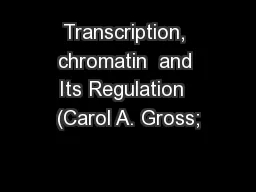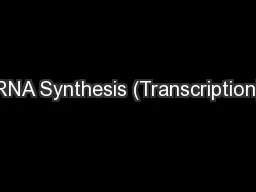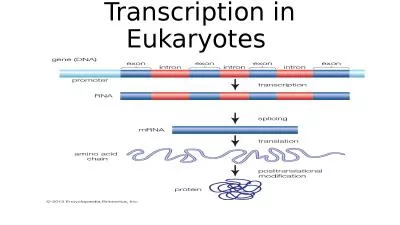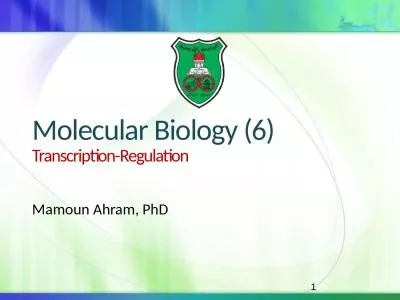PPT-TRANSCRIPTION FACTORS
Author : trish-goza | Published Date : 2016-08-06
Natàlia Morante Aina Maria Nicolau Marta Vila Introduction TFs Gene expression Key cellular components Molecular recognition exact fit between the surfaces
Presentation Embed Code
Download Presentation
Download Presentation The PPT/PDF document "TRANSCRIPTION FACTORS" is the property of its rightful owner. Permission is granted to download and print the materials on this website for personal, non-commercial use only, and to display it on your personal computer provided you do not modify the materials and that you retain all copyright notices contained in the materials. By downloading content from our website, you accept the terms of this agreement.
TRANSCRIPTION FACTORS: Transcript
Download Rules Of Document
"TRANSCRIPTION FACTORS"The content belongs to its owner. You may download and print it for personal use, without modification, and keep all copyright notices. By downloading, you agree to these terms.
Related Documents

